Catching a cold is at times unavoidable, it doesn’t matter if you wore your face mask all week, took your vitamins, and drank enough water. For students around the world, this is extremely inconvenient.
Even though the teachers say “it doesn’t matter if you’re dying, as long as you’re not in a hospital, there’s no excuse to not be in class”. Is this fomenting a toxic school culture?
Not only does this attitude stop sick students from quick healing, it insists that we expose our classmates to whatever bug is being passed around.
What is it like being sick as a student internationally? Which countries give more or less allowance on absences?
Let’s take a look.
Historical Context of Sick Days
Traditionally, the approach to managing student health and attendance was closely tied to local societal norms, economic conditions, and the prevailing understanding of health and wellness. In many parts of the world, formal education systems were less accommodating of absences, often reflecting a broader societal emphasis on duty, resilience, and the collective over individual needs.
As societies progressed, so too did attitudes towards health and education. The industrial revolution, for instance, brought about significant changes in societal structure, which in turn influenced educational attendance policies. With more structured educational systems came the need for formal policies regarding sick days. However, these were often minimal and strict, reflecting the era’s emphasis on productivity and attendance.
The turning point in many policies came with the advent of global pandemics, such as the influenza pandemic of 1918 and, more recently, the COVID-19 pandemic. These events thrust the importance of public health into the spotlight, leading to a reevaluation of how educational systems manage sick days. Suddenly, the health of the individual student and the broader community became paramount, prompting a shift towards more flexible and health-conscious educational policies.
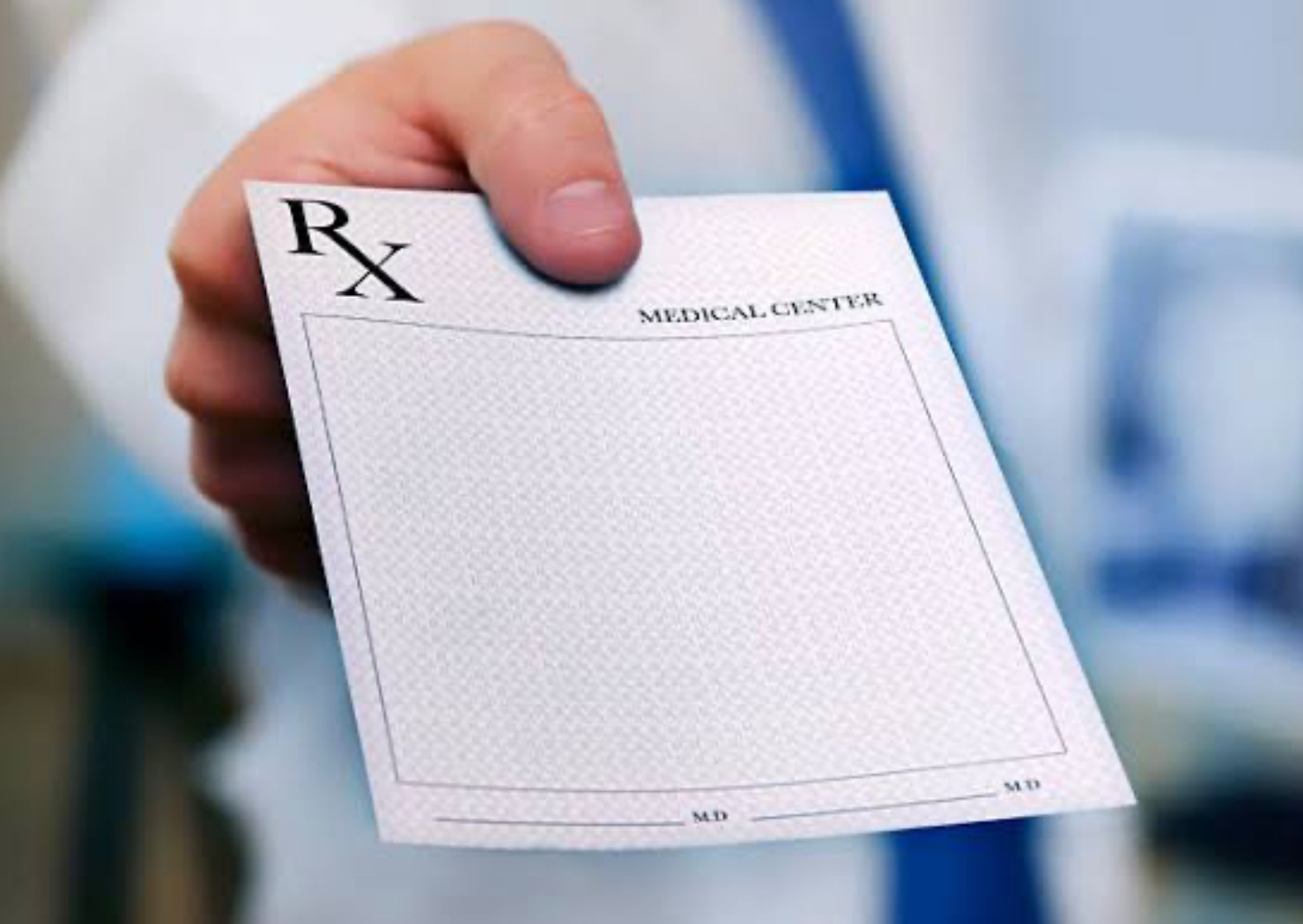
The Challenge of Obtaining Doctor’s Verification
A common predicament faced by university students during illness is the requirement to provide a doctor’s verification to justify their absence. This policy, intended to ensure the authenticity of sickness claims, often places an undue burden on students who are genuinely unwell. When a student is too sick to even leave their bed, the prospect of visiting a doctor to obtain a note not only becomes impractical but can also exacerbate their condition.
This situation highlights a significant gap between policy intentions and real-world practicalities. Many students, especially those living away from home, may not have easy access to healthcare services or may face barriers such as long wait times, transportation issues, or financial constraints. Furthermore, the requirement for a doctor’s note can inadvertently encourage the spread of illness, as sick students may feel compelled to attend class to avoid the hassle of obtaining verification.
The dilemma raises important questions about how universities can balance the need to verify illnesses with compassion and understanding for students’ circumstances. It calls for a reassessment of absence policies to consider the realities of student life and health, potentially incorporating more flexible approaches that recognize self-reporting under certain conditions, or alternative methods of verification that do not require an in-person doctor’s visit, such as telehealth services. This approach not only acknowledges the challenges students face but also aligns with broader public health goals by reducing unnecessary exposure to others when contagious.
International Analysis of Sick Day Allowances
North America
In the United States, educational policies regarding sick days vary significantly from one district to another, reflecting the country’s decentralized education system. Generally, students are allowed a certain number of sick days per year, often between 5 and 10, with a requirement for a parent’s note or medical documentation for prolonged absences. Schools typically provide assignments online or through communication with teachers to support students in catching up.
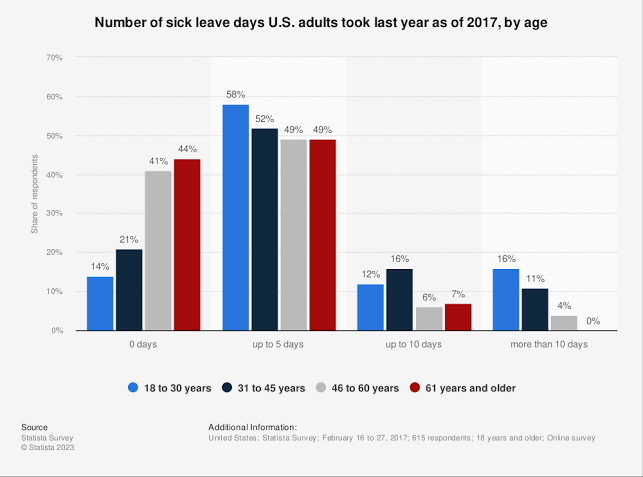
Canada shares a similar approach but with a more unified health care perspective, influenced by its national health care system. Canadian schools also require documentation for absences, especially for extended periods, and there is a strong emphasis on communication between the school and home to ensure students can keep up with their studies during their absence.
In Mexico, educational policies regarding sick days can vary significantly between institutions, especially when comparing public and private schools, as well as at the university level. Generally, at the university level, students are allowed a certain number of absences per class per semester without needing to provide a reason, which could include sick days. For example, some universities allow up to four absences per class per semester. For absences beyond this allowance due to illness, documentation from a healthcare provider are required to avoid penalties or to make up missed work.
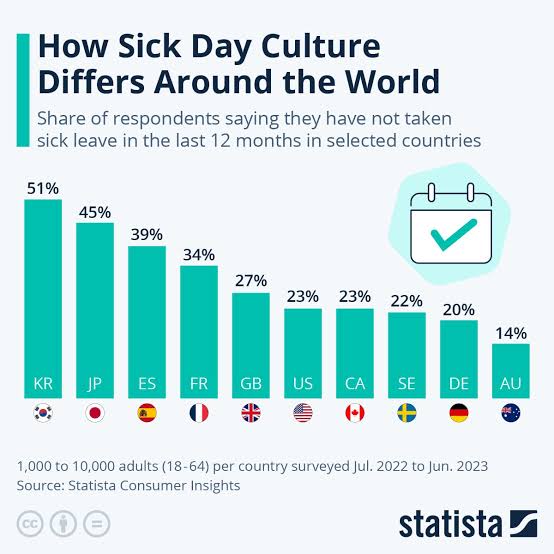
Europe
In the United Kingdom, schools allow students to take time off for illness, with parents required to notify the school on the first day of absence. The UK’s approach is relatively flexible, focusing on student well-being, but it expects students to catch up on missed work. There is no set number of days, but prolonged absences might trigger additional support or investigation to ensure the well-being of the student.
France has a structured system, where schools require a doctor’s note for absences longer than 48 hours. The French education system places a high emphasis on attendance, and prolonged absences can lead to significant academic repercussions. However, there is also support in place for students with chronic illnesses, ensuring they can continue their education either at home or in hospital schools.
Germany similarly emphasizes the importance of attendance, with strict regulations around school absences. Parents must notify the school immediately in case of sickness, and a doctor’s note is required for absences exceeding three days. The German system is notable for its integration of health and education policies, ensuring students have access to necessary health care and support to reintegrate into the school system after illness.
Asia
In Japan, the education system is known for its rigorous standards and high value placed on attendance. There are no specific “sick day” policies, and absences due to illness require documentation. The Japanese educational culture emphasizes perseverance, but there is growing awareness and support for students with health issues, including accommodations for catching up on missed work.
China has a strict approach to education and attendance, with a heavy emphasis on academic performance. Sick days are allowed, but like others, require documentation. Chinese schools often have mechanisms in place to support students who miss school, including special tutoring or extra classes to ensure they do not fall behind.
India has a diverse education system with varying policies across states and educational boards. Generally, students are allowed to take sick days with a parent’s note or medical certificate. Many schools offer support through additional classes or assignments to help absent students keep up with their peers.
Other Regions
In Australia, schools generally have a compassionate approach towards sick days, encouraging parents to keep sick children at home without a strict limit on the number of days. Documentation may be required for prolonged absences. The Australian educational system also emphasizes support for catching up through various means, including online resources.
In South America, policies can vary widely, with countries like Brazil and Argentina offering a certain number of allowed absences but requiring medical notes for extended periods of sickness. There is an increasing emphasis on inclusive education policies that consider the physical and mental health of students.
African countries exhibit a broad spectrum of policies, often influenced by regional and economic factors. In countries like South Africa, policies are quite structured, with allowances for sick days and mechanisms for makeup work. However, in many parts of Africa, challenges such as access to healthcare and educational resources can impact the implementation of sick day policies.
Conclusions
- The historical evolution of sick day policies reveals a growing recognition of the importance of balancing educational attainment with health considerations.
- The necessity for doctor’s verification poses a significant challenge, especially for university students, highlighting a gap between policy and practicality.
- The introduction of telehealth services as a means of obtaining medical verification could offer a more accessible solution for students.
- Considering the balance of policies, support systems, and access to healthcare, countries like Canada and Australia emerge as particularly supportive environments for sick students, offering a model for others to follow.
References
- What Is Telehealth? (2018). catalyst.nejm.org. https://catalyst.nejm.org/doi/full/10.1056/CAT.18.0268
- Armstrong, M. (2023, 29 septiembre). How Sick Day Culture Differs Around the World. Statista Daily Data. https://www.statista.com/chart/30942/share-saying-no-sick-days-taken-last-12-months-by-country/
- Langley, N. (2021, 22 marzo). Opinion | Sick days should remain. The Daily Illini. https://dailyillini.com/opinions-stories/2021/03/22/opinion-sick-days-should-remain/
- Sick leave adults United States by age 2017 | Statista. (2019, 3 septiembre). Statista. https://www.statista.com/statistics/682924/sick-leave-days-among-adults-us-by-age/
- Mitrefinch. (2021, 18 noviembre). Sick Leave During a Pandemic: How Does the UK Compare to Europe?https://www.mitrefinch.co.uk/blog/time-and-attendance/sick-leave-uk-europe-2020/
- ChatGPT. (n.d.). OpenAI. https://chat.openai.com/#

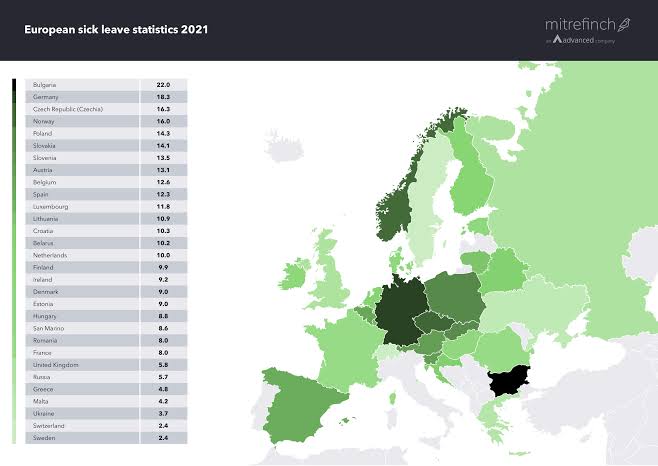






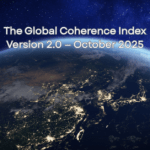

No responses yet